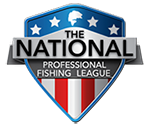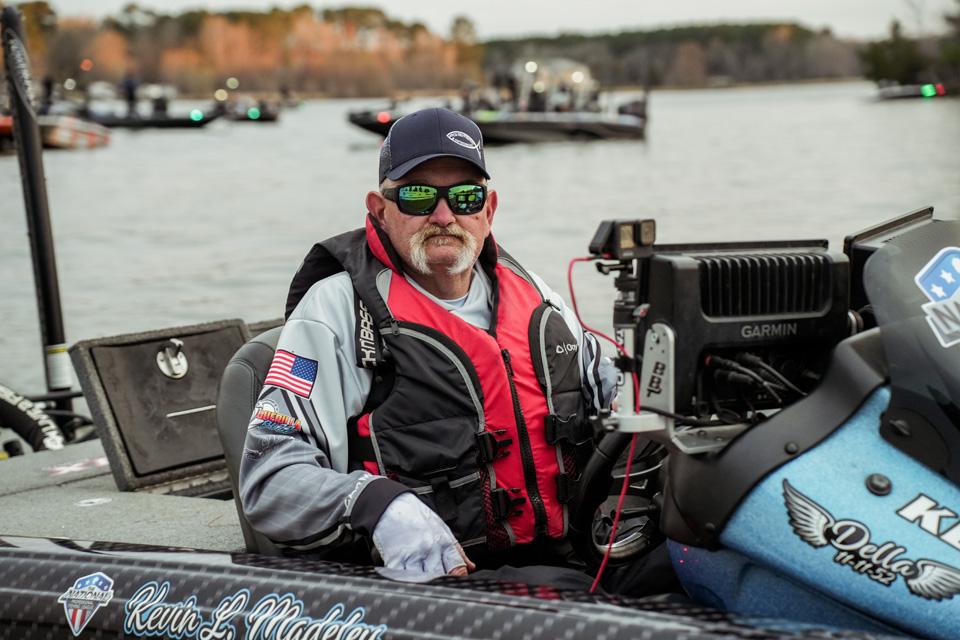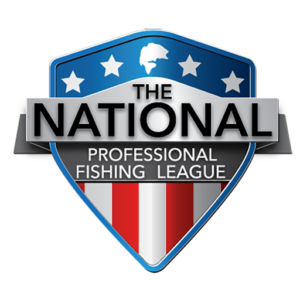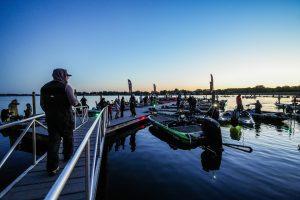Story by Kevin Madeley | Photos by Tanner & Travis Lyons
We often think of the season when we plan our bass fishing, and there’s nothing wrong with that. The bass feel the seasons, too. But the transitions are usually more graduated than they are hard turns, and paying attention to those gradations can make all the difference. As the air turns crisp and the water temperatures begin to drop in the fall, bass fishing takes on a whole new rhythm. From the first hints of fall through the slow thaw of spring, bass transition through different phases, creating prime opportunities for anglers who know where to look and what to throw.
Fall: The Transition Begins
When autumn arrives and water temperatures drop from the high 80s into the low 70s, bass begin moving from the main lake into the creeks. Some anglers immediately reach for squarebill crankbaits, spinnerbaits, or lipless crankbaits, but one of my go-to setups is the Carolina rig. I find success working it along main lake points and mouths of drains.
For crankbaits, chartreuse with a blue back is a proven color, especially on Sam Rayburn. As grass becomes sparse, I focus on stumps and hard spots to locate fish. If conditions allow, an Alabama rig can also be highly effective, mimicking schools of baitfish as bass chase shad into shallower water.
Winter: Slowing Down but Still Catching
As fall fades into winter and water temperatures drop further, bass become more lethargic. This is the time of year when crawfish become a key forage, making a red or gold Rat-L-Trap an essential lure to have tied on. However, cold fronts can drastically slow the bite, pushing bass from shallow flats and drains to offshore brush piles in 20-25 feet of water.
From December through January, winter fishing can be tough, but bass still need to feed. Fishing slower is often the key, whether with a jig, a slow-rolled spinnerbait, or a deep-diving crankbait. Occasionally, a warm, calm day will spark increased activity, and knowing how to adjust to these changing conditions can make all the difference.
Spring: The Rebirth of Aggressive Bass
With each passing day, winter gives way to spring. Water temperatures begin to rise, and bass move shallower, feeding aggressively on shad and crawfish in preparation for the spawn. This is when a ChatterBait and jig earn a permanent spot on my deck. Slow-rolled spinnerbaits can be deadly as well, enticing big bass moving toward spawning areas.
Once the water reaches 50-55 degrees, topwater action can be outstanding. A buzzbait is an excellent choice, and if the lake is high with water in the bushes, it’s time to break out the Flippin’ stick. Creature baits like a black-and-blue or brown Strike King Rage Bug or Menace become prime choices for tempting bass holding tight to cover.
Make the Most of Every Season
Every season presents its own challenges and opportunities. From the excitement of fall feeding frenzies to the slow, methodical approach needed in winter and the high-energy action of pre-spawn bass in spring, there’s always something to learn and refine in your approach.
So, the next time you get the chance, take a day on the lake and enjoy what each season has to offer. Whether you’re throwing a Rat-L-Trap in winter or flipping a creature bait in flooded brush come spring, bass fishing from fall through spring is an ever-changing adventure that rewards patience, strategy, and time on the water.
Kevin Madeley – Angler Profile





